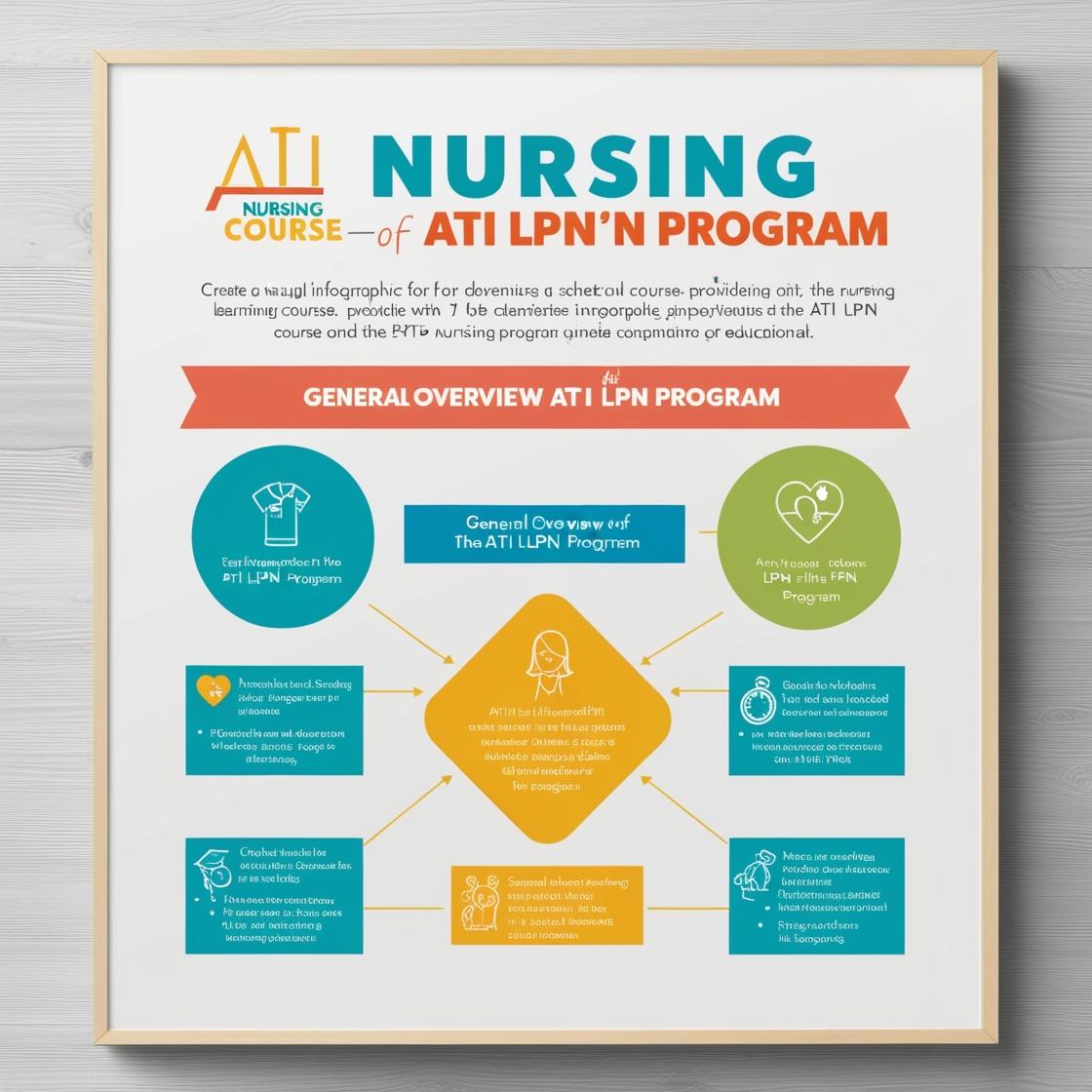LPN LPN
Maternal Newborn ATI Quizlet
1. A client gave birth 2 hours ago, and their blood pressure is 60/50 mm Hg. What action should the nurse take first?
- A. Evaluate the firmness of the uterus.
- B. Initiate oxygen therapy via a non-rebreather mask.
- C. Administer oxytocin infusion.
- D. Obtain a type and crossmatch.
Correct answer: A
Rationale: Assessing the firmness of the uterus is crucial in this situation. A uterus that is not firm could indicate postpartum hemorrhage, a common cause of low blood pressure after childbirth. By evaluating the firmness of the uterus, the nurse can quickly identify and address potential complications, such as excessive bleeding. Initiating oxygen therapy, administering oxytocin infusion, or obtaining a type and crossmatch may be necessary interventions later, but assessing the firmness of the uterus takes precedence as the first step in managing postpartum complications.
2. During newborn gestational age assessment, which finding should be recorded as part of this assessment on the newborn?
- A. Acrocyanosis of hands and feet
- B. Anterior fontanel soft and level
- C. Plantar creases cover 2/3 of sole
- D. Vernix caseosa in inguinal creases
Correct answer: C
Rationale: Plantar creases covering 2/3 of the sole is an important physical characteristic used to assess gestational age in a newborn. This finding is significant because as gestational age advances, the plantar creases cover a larger portion of the sole. It is a valuable clue to the healthcare provider in determining the newborn's maturity level. Choices A, B, and D are incorrect as they do not specifically relate to gestational age assessment. Acrocyanosis and vernix caseosa are common findings in newborns but are not directly used for determining gestational age. The softness and level of the anterior fontanel can provide information about intracranial pressure but are not directly related to gestational age assessment.
3. A nurse on the labor and delivery unit is caring for a client who is having a difficult, prolonged labor with severe backache. Which of the following contributing causes should the nurse identify?
- A. Fetal attitude is in general flexion.
- B. Fetal lie is longitudinal.
- C. Maternal pelvis is gynecoid.
- D. Fetal position is persistent occiput posterior.
Correct answer: D
Rationale: The correct answer is D. In a persistent occiput posterior position, the baby's head presses against the mother's spine, causing prolonged labor and severe backache. This position can lead to difficulties in labor progress and increase discomfort for the mother. Choices A, B, and C are incorrect as they do not directly relate to the client's difficult, prolonged labor with severe backache. Fetal attitude, fetal lie, and maternal pelvis type may affect labor, but in this scenario, the persistent occiput posterior fetal position is the primary contributing cause for the client's symptoms.
4. A nurse is admitting a term newborn following a cesarean birth. The nurse observes that the newborn's skin is slightly yellow. This finding indicates the newborn is experiencing a complication related to which of the following?
- A. Maternal/newborn blood group incompatibility
- B. Absence of vitamin K
- C. Physiologic jaundice
- D. Maternal cocaine abuse
Correct answer: A
Rationale: The yellow skin observed in the newborn suggests jaundice. Maternal/newborn blood group incompatibility is a common cause of jaundice in newborns. This occurs when the mother and baby have different blood types, leading to the baby's immune system attacking the red blood cells, causing jaundice. Physiologic jaundice, which is a normal process due to the breakdown of red blood cells in newborns, typically presents after the first 24 hours of life. Absence of vitamin K leads to bleeding issues, not jaundice. Maternal cocaine abuse does not directly cause jaundice in newborns.
5. During a client's active labor, a healthcare provider notes that the presenting part is at 0 station. What is the correct interpretation of this clinical finding?
- A. The fetal head is in the left occiput posterior position.
- B. The largest fetal diameter has passed through the pelvic outlet.
- C. The posterior fontanel is palpable.
- D. The lowermost portion of the fetus is at the level of the ischial spines.
Correct answer: D
Rationale: At 0 station, the lowermost portion of the fetus is at the level of the ischial spines, indicating that the presenting part of the baby has engaged in the pelvis. This position is a significant milestone in labor progress and suggests that the baby is descending into the birth canal for delivery. Choices A, B, and C are incorrect. Choice A refers to the fetal head position, choice B describes the largest fetal diameter passing through the pelvic outlet (which is not related to station), and choice C refers to the palpability of the posterior fontanel (which is not relevant to station in labor).
Similar Questions

Access More Features
ATI LPN Basic
$69.99/ 30 days
- 50,000 Questions with answers
- All ATI courses Coverage
- 30 days access @ $69.99
ATI LPN Premium
$149.99/ 90 days
- 50,000 Questions with answers
- All ATI courses Coverage
- 30 days access @ $149.99
